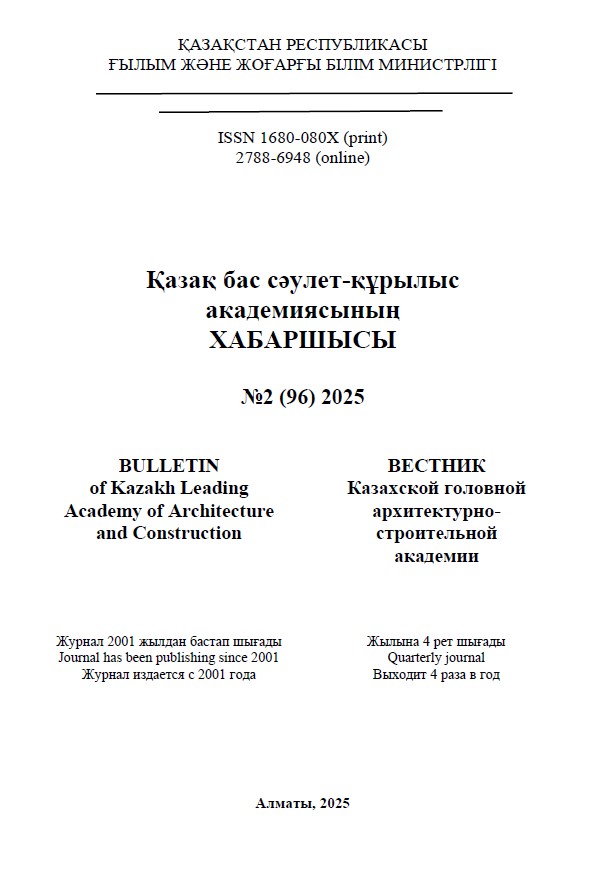Abstract
Development lightweight concrete production is particular importance for Kazakhstan and for its southern regions due to their high seismicity. In these conditions, reducing weight individual structures, buildings and structures whole through use lightweight expanded clay concrete can be considered one measures to increase their seismic resistance. Lightweight concrete two-layer walls with 6-8 cm thick layer structural concrete effective in seismic-resistant construction or in presence subsidence soils. Results SEM were used in studies to determine morphological structural features bulk studied bentonite clays. Important characteristic clay raw materials fire and air shrinkage, which means decrease in linear dimensions and volume clay sample during its drying. For studied clay, value air linear shrinkage under slow natural drying conditions 10.8%, under harsh artificial drying regime 7.8%. Fire shrinkage during firing samples T=9500C - 5.5%. With introduction 0.5% tire production waste powder into mass, expanded clay with bulk density less than 400 kg/m3 can be obtained already temperature 11200C. Granules fired at 11600C have bulk density 0.484 g/cm3 - bulk density expanded clay 280 kg/m3 with closed porosity 77%. Presented results indicate that tire production waste is best additive for production expanded clay from clays in lightweight concrete technology in order to improve seismic resistance brick buildings. It was found that addition tire production waste to clays serves good intensifier swelling. It was confirmed that optimal additive tire production waste is 0.5-1% clay mass. Optimum firing temperature for expanded clay was determined to be 11200C±200C.


